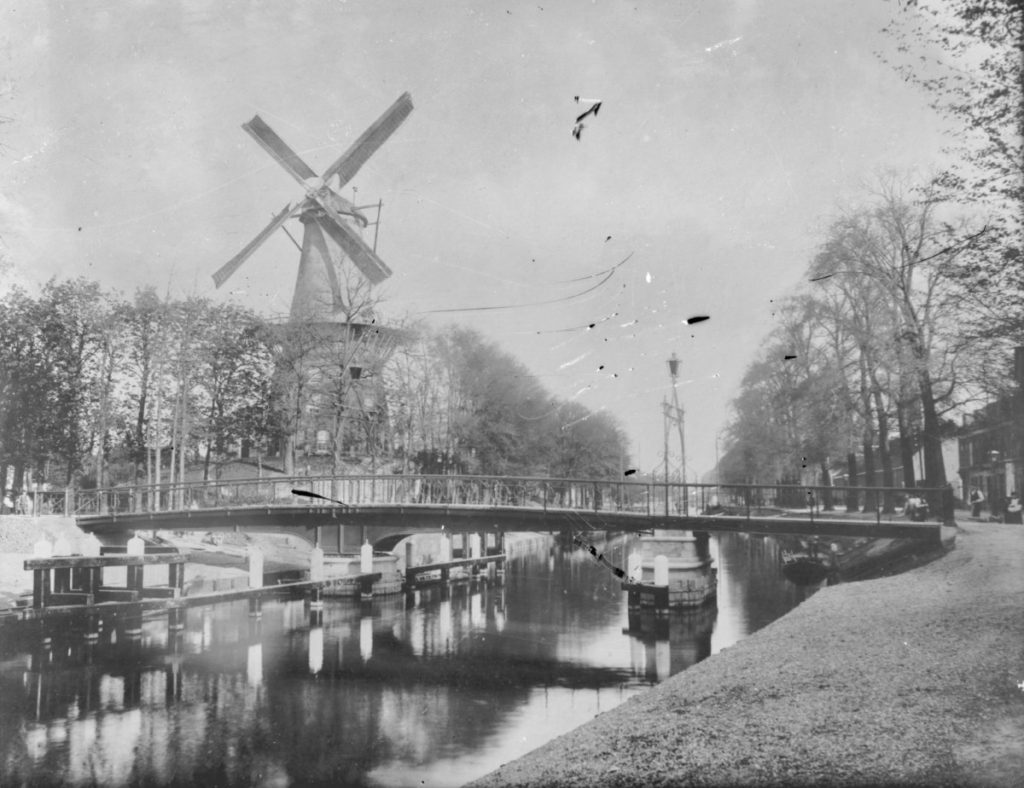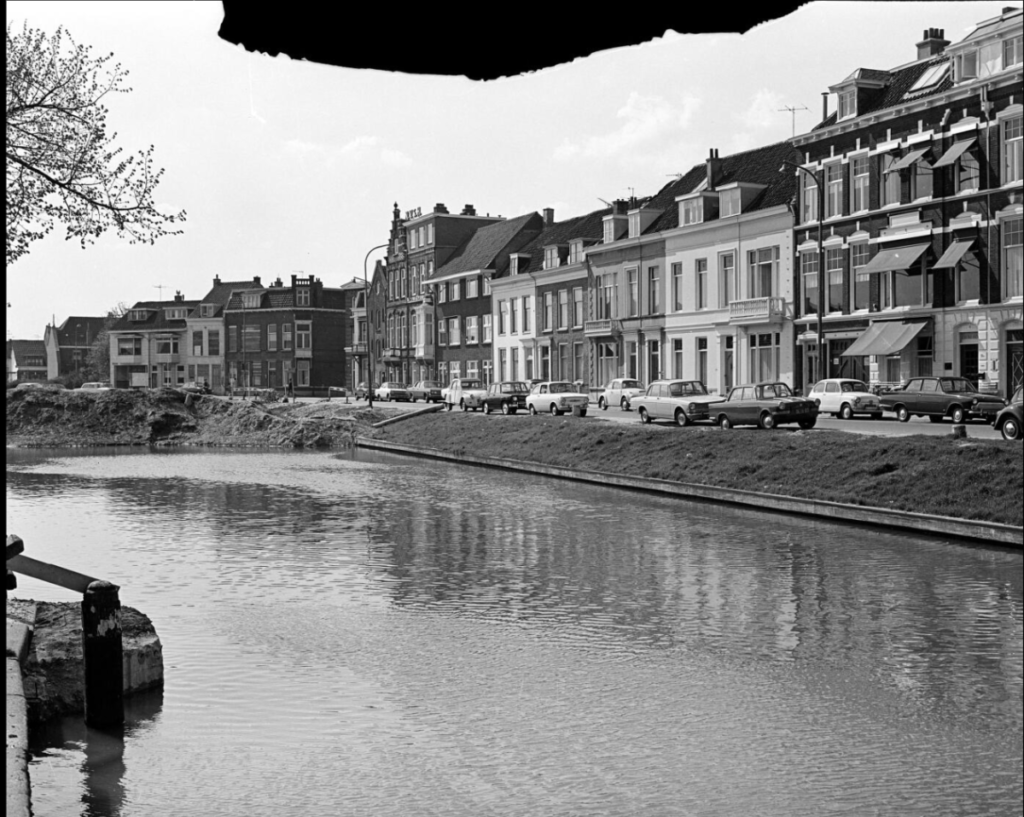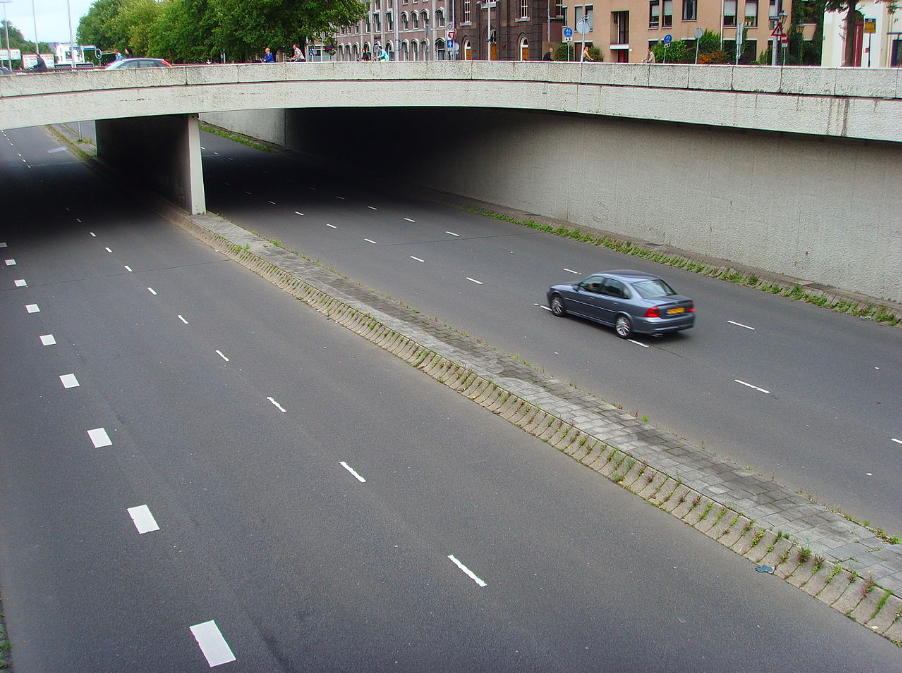Written by:
Once a month, we host an online, hour-long session called Glass-House Chats. They’re informal conversational spaces where we’re joined by an ever changing group of attendees from across many different walks of life to explore different placemaking provocations.
After each of these sessions, The Glass-House team reflects on the conversations and produces a short blog highlighting the key points (you can explore the full range of our past Chats takeaway blogs here). Each of our conversations is uniquely faceted, influenced not only by the topic but the different range of participants who join us each time. However, one point that often re-emerges is the desire within the built environment sector for us to be able to have the confidence, and the humility, to admit our mistakes.
A very easy thing to say, but often much harder to put into practice. This point becomes especially poignant when our discussions, as they often do, explore the powers of the ‘decision makers’, whether they are individuals, local authorities or councils, private organisations or larger institutes, in relation to how places and spaces are designed, managed and used.
With these past Chat conversations in mind, I’ve been keeping an eye out for examples of urban design and placemaking where place-altering decisions have been carefully unwound to reveal new opportunities and a different kind of growth. This Inspired blog is centred around one such example, the city of Utrecht in the Netherlands.
Utrecht: A City of Canals

Utrecht history is interwoven with water, criss-crossed by 3 canals that snake around and through its urban fabric. Historically, the city was located on the banks of the river Rhine, but when the main flow of the river shifted around the 12th Century, parts of the empty river bed were dug out to create a new canal, De Oudegracht, which winds through the centre of the city. The circular canal that surrounds the historic centre of Utrecht, Stadsbuitengracht, was originally a defensive moat (1), but in its transformation to a canal, quickly became a route for business, travel, pleasure and tourism to the city and its people.
Car-centric Planning in Utrecht
Fast forward around 800 years to the early 1960s, when urban design had become firmly gripped with the notion of car-centric planning – the idea that cities and urban spaces should be designed around the use and movement of cars above all else. The effect of this can be seen in suburbs that sprang up alongside the popularisation of cars from 1920s onwards (2), but it also began to slowly bleed into historic towns and cities.

Fuelled by this obsession with cars, in 1958 plans were drawn up by order of the executive council of Utrecht to pave over Utrecht’s canal ring to make more room for motor vehicles. Naturally, the plans were met with public outrage, resulting in a large portion of the historic canal being declared a monument. However, in the late 60s the plans were pushed through, resulting in the closure of the north-west side of the canal and, in the following decade, the water that once flowed through the city was replaced with concrete and cars (3). The motorway ran along half of the historic canal’s tracks, whilst a car park occupied the other side.

And for 20 years, this part of the canal was a road. But Utrecht’s community would not forget what had been lost. They ceaselessly petitioned the local council to recognise how harmful the decision to prioritise cars over nature had been.

And Utrecht, eventually, listened.
In early 2000 the car park side was redeveloped once more back into the historic canal. Impassioned by seeing what was possible, and with the evidence that urban planning decisions – even at this huge scale – could be revisited and amended, local people then voted in favour of reconstructing the whole canal ring in 2002 (4).

It took almost 15 years to finish this historic reconstruction, but now, as it has for the majority of the last 900 years, the canal ring flows undisturbed around Utrecht once more. Local residents celebrated the opening of the completed Stadsbuitengracht in 2020 by tipping the final bit of water into the canal from an oversized bucket during the opening day (5), celebrating the hard-earned restoration of a much loved piece of their city.

And whilst it will take continued work to bring the Utrecht canal ring back to its former glory and beauty, work is well underway – with parts of the canal now transformed into a climate resilient park (6).
Listening and humility in the face of mistakes
Utrecht is a beautiful example of what can happen when we acknowledge the mistakes of the past. None of us enjoy being wrong, and it can often take overwhelming work, determination and hope to create a community-led vision for a better future, even if that does reference back to a seemingly lost past.
The urban history of Utrecht, much like its canals, is not linear. This acknowledgment of past wrongs, alongside the courage and humility to amend a much loved facet of the city, shows what can happen when we bring authority and community voices together to shape places and give nature room to breathe once again. It is an inspirational celebration of the incredible positive change people can bring to places. Utrecht is a hopeful story, which tells us that perhaps the loved pieces of cities we have lost are not gone forever.

